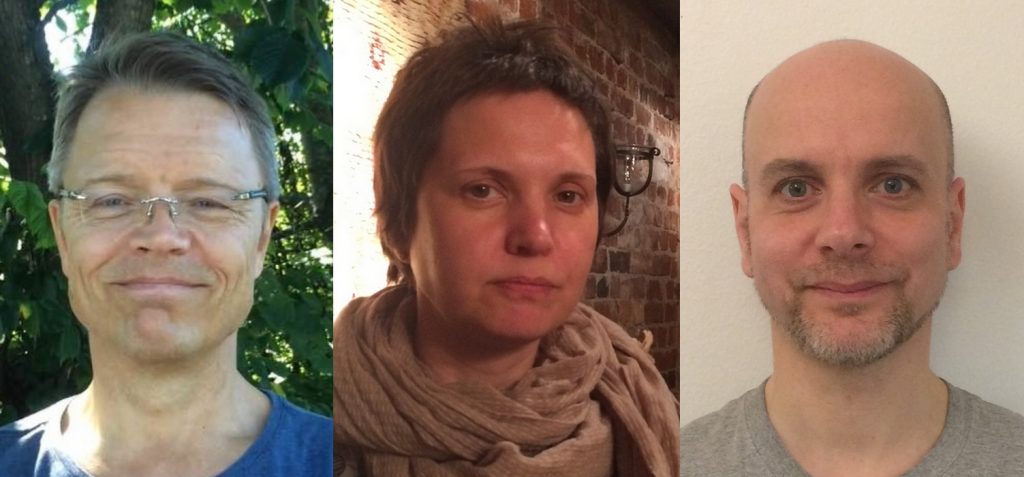by Janne Suutarinen
Professor Markku Lonkila (University of Jyväskylä, Finland) along with Larisa Shpakovskaya (HSE, Russia) and Philip Torchinsky (independent researcher) have studied the Russian government’s measures of bringing Runet under tighter control after the social media -fueled protests in the beginning of 2010’s. The adoption of new regulations was followed by increasing punishments toward certain Runet users, and now the oppositional voices online are quite muffled.
What is the evolution of Runet and its present state of affairs seen from the viewpoint of state control?
The protest wave in Russia 2011–2013 completely changed the Kremlin’s attitude towards social media. Before the protests the Kremlin had counted on the control of nationwide TV channels, and Russian-language section of the internet had been practically free from regulation.
From 2011 onwards things started to change: a great number of laws were adopted with the clear purpose to regulate Runet in particular, and civil society in Russia in general. We call this intensive state-initiated campaign ‘the occupation of Runet’. The campaign was built on the idea of blocking and filtering Runet content, but the stress was gradually moved towards harassment and selective punishment of users: according to the human rights association Agora, the violent acts or threats against Runet users have increased from one in 2008 to 66 in 2017. The most visible acts against opposition have been Aleksei Navalny’s several jail sentences, and attacks on him or his employees.
Prior to the protests Runet, and in particular LiveJournal blogging platform, was filled with the critique of the Russian ruling elite expressed by activists from all walks of life. Today, due to ‘the occupation’, criticising government publicly online has become a risky affair. Many opposition activists have left Russia or politics.
What are the unique features of Russian online activism?
The Russian online activism is an example of resistance in the context of an authoritarian state. However, the Russian case is unique e.g., in terms of historical development of Runet, the particular role of LiveJournal prior to the protest wave, well-educated population, and the strong growth of internet access in the 2000’s. Moreover, also the most visible forms of today’s online activism in Russia, such as the ‘Youtube-politics’ conducted by Aleksei Navalny and Pavel Durov’s struggle against Telegram ban, are quite unique. Navalny’s Youtube videos, for example, which accuse the Russian elite of corruption, have gathered tens of millions of viewers. Oligarch Alisher Usmanov and the head of the National Guard Viktor Zolotov have even posted Youtube video replies to Navalny – who gladly has replied to them via additional videos! (See, for example, video here.)
What does the future of Runet regulation look like?
The occupation of Runet gave the Kremlin many legislative tools to ‘tighten the screw’ concerning the opposition. Technically it is even possible to isolate Runet from the global internet, if need be. In addition the Kremlin may implement more discreet forms of Runet control such as manipulating search engine and social media algorithms of Russian applications, or monitoring the users via extremely popular Russian Facebook clone VKontakte.
Though at present only Navalny seems to be able to challenge the Kremlin politically, underneath the surface there are various local protests concerning the gradually deteriorating economy and society. If these local protests will find each other through Runet, other large nationwide protests may be ahead.
Is Runet now really occupied or are there “free” spaces still?
We have used the ‘occupation’ as a metaphor to describe the Kremlin’s intensive campaign to limit free expression in Runet. It is, however, impossible to completely shut down critique on the internet – even in China where the internet censorship is still much more elevated. According to so called ‘cute cat theory’ of activism, the civic and political resistance should be conducted on popular platforms, the closing of which by the government would annoy large parts of the population. Aleksei Navalny’s Youtube-campaigning may be considered as a more or less conscious attempt to implement this theory.

